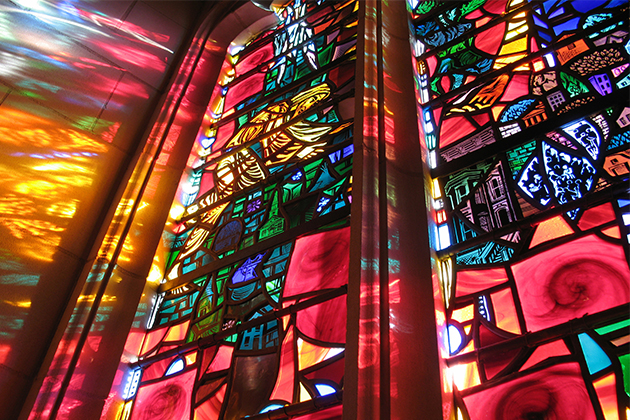Medieval Renaissance Studies

An interdisciplinary approach to Medieval times and the Renaissance
"Bernard of Chartres used to say that we are like dwarfs on the shoulders of giants, so that we can see more than they, and things at a greater distance, not by virtue of any sharpness of sight on our part, or any physical distinction, but because we are carried high and raised up by their giant size." - John of Salisbury 1159
The minor in Medieval/Renaissance Studies is designed to help students understand and appreciate a very broad and important era through the disciplines of history, English and other European languages, art history, history of music, history of science, Middle Eastern studies, philosophy, and theology.
The thirteen centuries belonging to the medieval and Renaissance era have been crucial to the development of modern Western culture in almost all areas. The Middle Ages, for example, gave us eye glasses, Gothic cathedrals, spinning wheels, the mechanical clock, and many innovations that increased agricultural productivity. It gave us double-entry bookkeeping, the common law, trial by jury, and the notion that certain individuals and groups had clearly defined rights vis-à-vis the state. It gave us the ideals of chivalry and the great legends of King Arthur and Camelot, Robin Hood, and Pope Joan. It gave us the idea and the institution of the university and our academic regalia.
All the modern European vernacular languages first developed during the Middle Ages. The Renaissance gave us printing by moveable type, proof of the heliocentric nature of the solar system, the discovery of America and the idea and institutions of the modern nation state. It also gave us Shakespeare's plays, the King James translation of the Bible, and Michelangelo's paintings and sculpture.